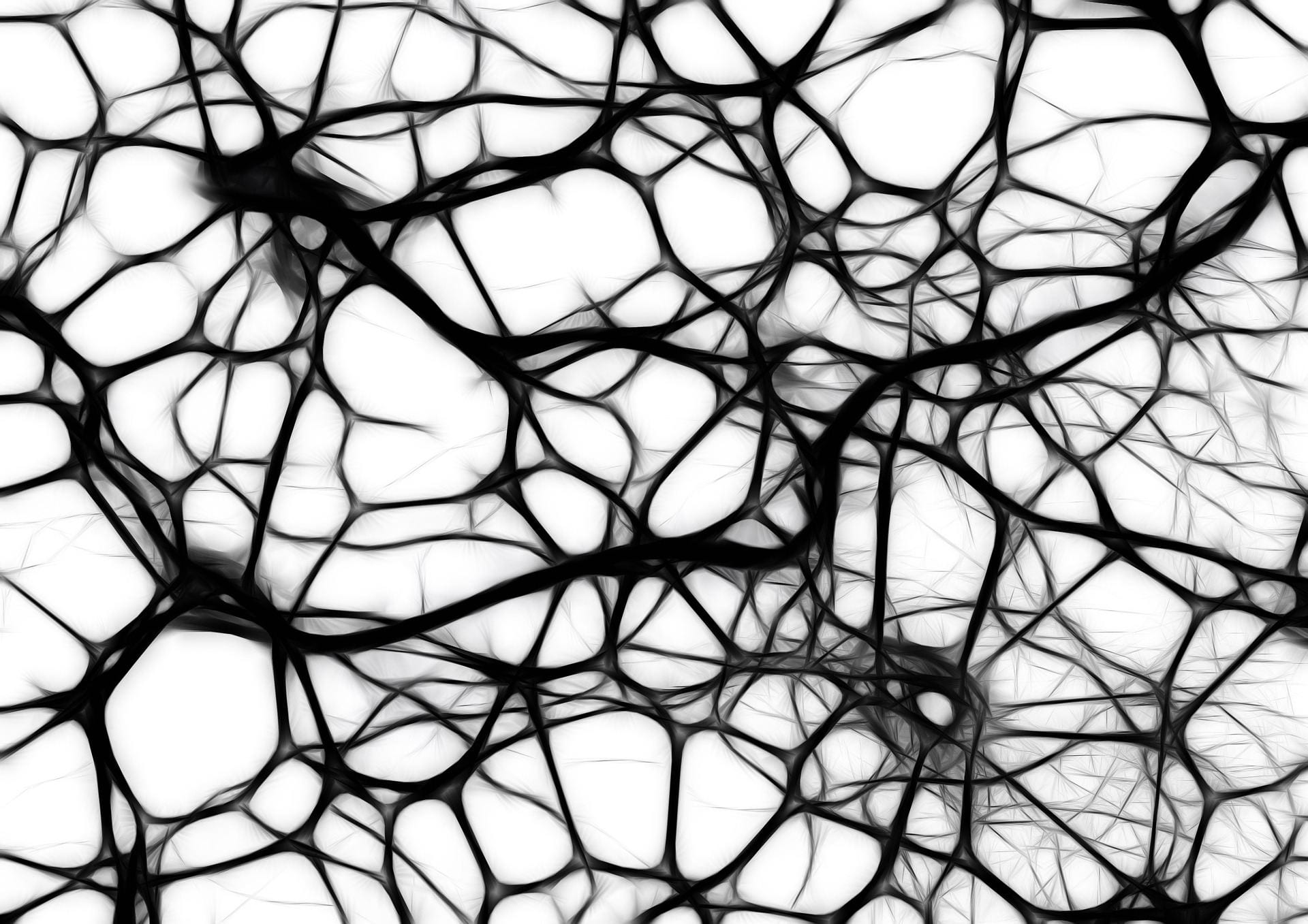![]() Dear Psychology Students,
Dear Psychology Students,
Welcome to psychology, a study which is rich in intriguing human stories and challenging questions about who we are and how we became that way.
As you know, psychology can be defined as the scientific study of behaviour, thoughts and feelings. On this blog page, you can read an explanation of this definition.

The study of psychology is constantly evolving as a result of advances in biological knowledge and new techniques in scanning technology. For instance, our understanding of the human genome continues to grow. As scientists work towards creating a computer model of the human brain’s “genetic landscape”, we are learning more and more about the factors that influence human behaviour.
With each scientific discovery and technological advance, paradoxically, the study becomes more complex. For instance, scientists have so far identified 360 genes that appear to contribute to the development of schizophrenia, yet how these genes work and how they may lead to actual symptoms is still unclear. The more we learn about our genome and our brains, the more we need to learn.

There are also changes in psychology as a result of social and cultural developments. For instance, how we define “normal” and “abnormal” — and therefore what we classify as a “mental disorder” — has shifted dramatically in the past five decades. Another change is the digitalisation of human communication ( including even this modest blog), which has led to a transformation in how we interact with one another, how we work and how we learn. For reasons such as these, psychology is a continuously developing discipline.

I hope that you will enjoy studying this vast and absorbing subject in 2019 and that you will gain new insights into yourselves and others.
Kind regards,
Ms Green
Extra Reading and Materials
- Introductory presentations: Year 10 | Year 11
- Corresponding handouts: Year 10 | Year 11
- On this blog: Defining Psychology
- New York Times: Mapping the Brain’s Genetic Landscape
- Simply Psychology: Psychology as a Science
Online Activities
- Introductory Quizzes: Year 10 | Year 11
- Crash Course Psychology: Psychological Research









 The word “Gestalt” means “figure”, “form” or “shape”. For the Gestaltist school of thinkers, an organised whole was more than the sum of its parts.
The word “Gestalt” means “figure”, “form” or “shape”. For the Gestaltist school of thinkers, an organised whole was more than the sum of its parts. 





 For instance, Asch (1951) illustrated through his supposed “line perception task” that about 33% of participants, after observing a number of confederates uniformly giving the wrong answer, conformed with the judgement of the majority. The mistake of the confederates was obvious, yet their unanimity moved the real participants in a substantial number of cases to conform, despite the evidence of their own eyes. Although
For instance, Asch (1951) illustrated through his supposed “line perception task” that about 33% of participants, after observing a number of confederates uniformly giving the wrong answer, conformed with the judgement of the majority. The mistake of the confederates was obvious, yet their unanimity moved the real participants in a substantial number of cases to conform, despite the evidence of their own eyes. Although 